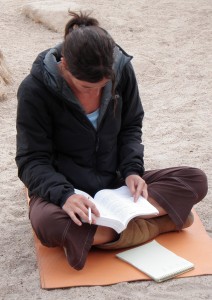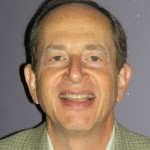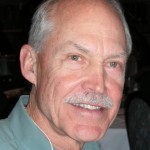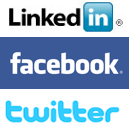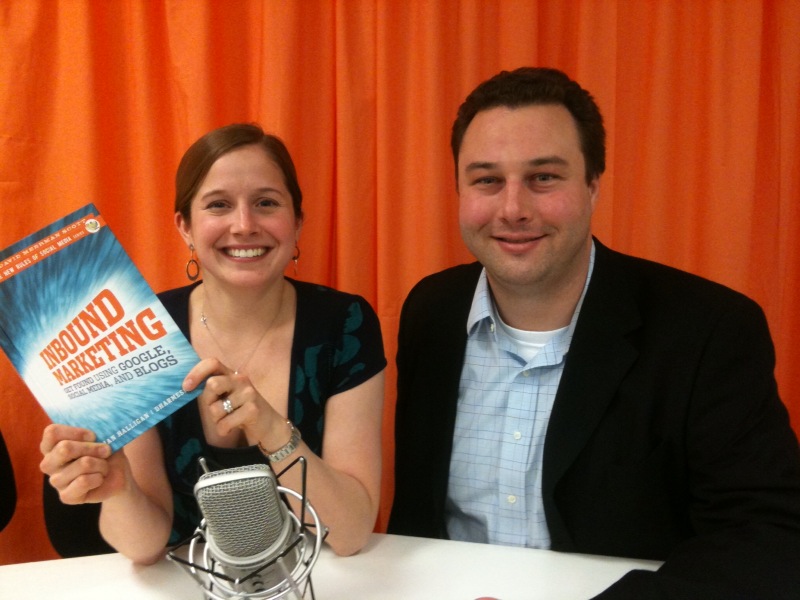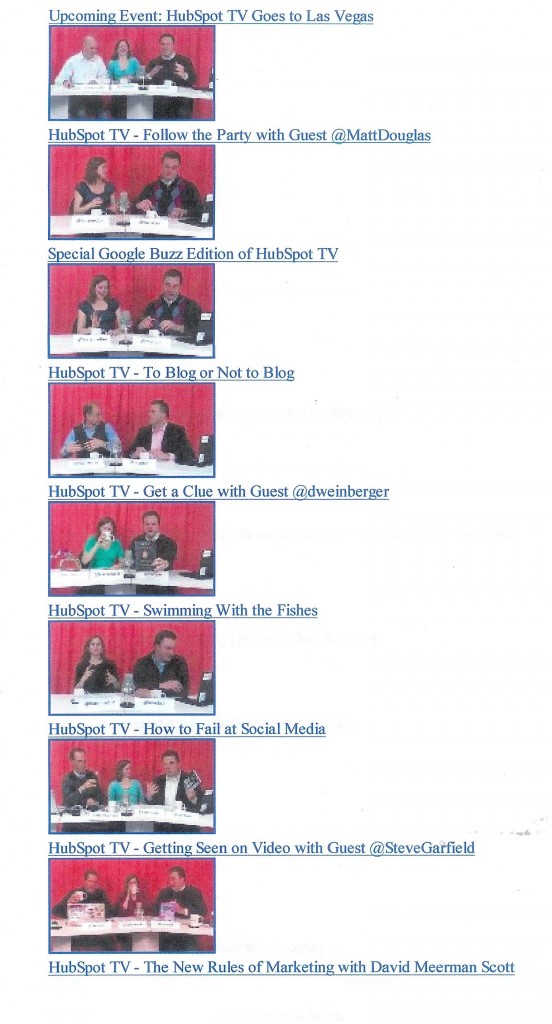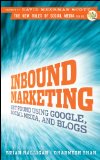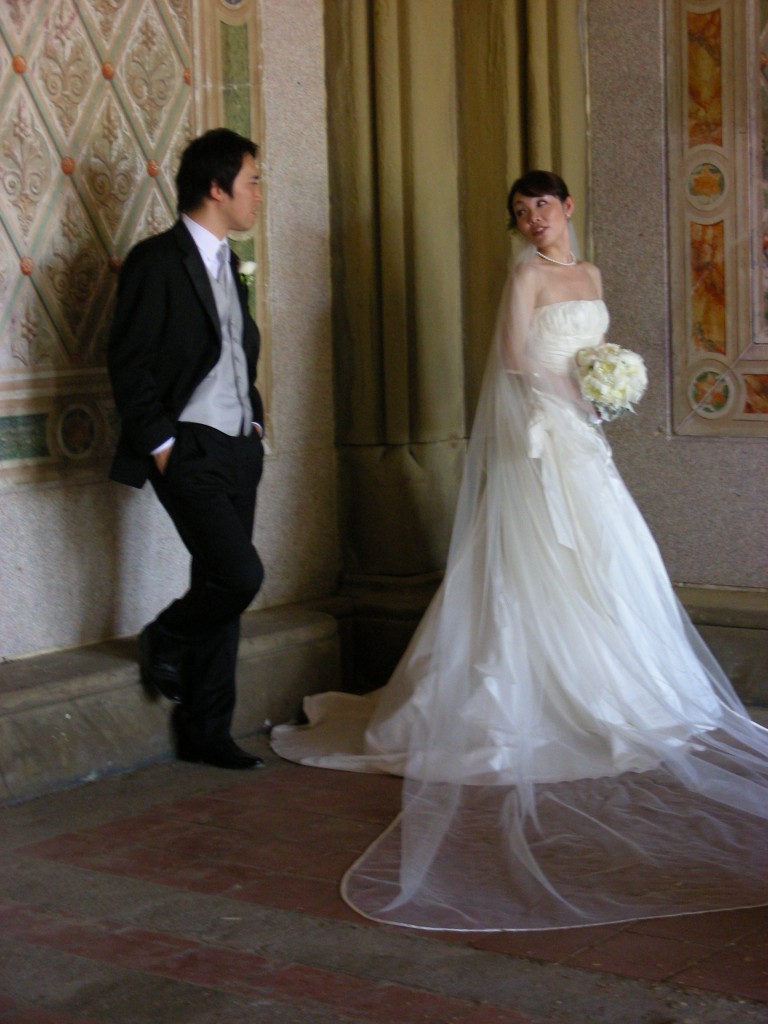With TEN LinkedIn groups in common, it is no wonder that Gregory Stringer and I have become online buddies. We met on the Future Social Media group in response to Endaf Kerfoot’s invitation to introduce ourselves. Here was Gregory’s response:
Hi! I am a student of e-Commerce, currently seeking my AAS in Web Design. I will be going forward to earn undergraduate and advanced degrees in e-Business. I’m always open to connecting with like-minded others. Please contact me if I may be of assistance.
I took him up on his “offer” — not so much for assistance but just to connect and share ideas . . . and we have, i.e., commenting on each other’s blogs; emailing questions & answers; tweeting updates; and Gregory even contributed an article for this blog: Tips for Teachers who want to blog
His background in both technical and business disciplines combines “high-tech adroitness with industrial métier” [from his LinkedIn profile] as he seeks a career as an E-commerce specialist.
Here are some of Gregory’s views on the Social Media Revolution and his role in Future Social Media.
Interview:
Gregory Stringer, Social Media Learner & Thought Leader
What inspired your interest in social media?
My own induction to Social Media began with an off-hand remark from my Introduction to Communication Technologies professor, Walt Reedy, at Pellissippi State Community College in 2009, where I am currently seeking an AAS degree in Web Design.
Professor Reedy mentioned a course on lynda.com about Social Media Marketing. I was very new to Social Media, and it was part of the course to write a blog. I began to explore such sites as Twitter, Facebook, LinkedIn, and MySpace. I was immediately hooked by the concept of Internet community, and since I already had earned an Institutional Certificate in e-Commerce, decided at that time that this was what I wanted to specialize in.
What qualities and traits make for a good social media evangelist?
I think first and foremost a love for the ability to communicate. One must be companionable and have a genuine attentiveness in the interest of others. Also, an understanding of Internet technologies is paramount. These two dissimilar disciplines should be mastered to some degree, ideally achieved through a post secondary education.
To have a passion for the phenomenon goes without saying. e-Mail, updates on Twitter, and maintenance of a presence on Facebook and LinkedIn, as well as other lesser known social Internet communities are commanding aspirations.
What advice can you offer others who want to embark on this “Long and Winding Road”?
My personal suggestion would be to study subjects that are consistent with Web design, e.g. HTML, Photoshop, Internet technologies, site design, etc., as well as courses in psychology, sociology, communications, and all aspects of e-Business. Predominant among these would be elucidation, expression, and interchange.
In addition, there is no substitute for practical experience. Starting a blog on Edublogs.org, a site known for student blogs, and where there is a wealth of assistance for beginners, Twitter, by reading the tweets of others and doing a few of your own, establishment of Facebook and MySpace pages, again accessing the sites of others more experienced, and most importantly, becoming a member of LinkedIn.
What kind of tips do you have in writing stories?
When I first became a magician, my mentors explained that in creating and performing a well performed illusion should be like a story: that is, it should have a beginning, a middle, and an end. Therefore, a great assistance for me when I started was to read the blogs and tweets of others. Two of the best I can recommend are Sharisax is Out There and (growl) Practical Marketing Solutions. Also, for the beginner, edublogs is hard to beat.
Give us one of your biggest accomplishments? What are your future goals?
My own greatest accomplishment in the field of Social Media would likely be my gaining an assignment as a Social Media Marketing intern. Of course, having the assistance of mentors/teachers such as Shari Weiss, Mark Schaefer, Walt Reedy. and many others have given me the guidance and instruction which made this possible. My future goal is simply to finish my education and gain my undergraduate and advanced degrees. Only then will I consider myself a true Social Media professional.
What do you have to say to those who want to use your ideas to promote their business?
One of the greatest things in Social Media is the fact that so many successful participants are willing to share. This is how I learn. I welcome others to do the same with me. My own blog, Grannelle’s Social Media, currently a school project that will evolve into a personal project, is a great way to see how I have developed. I invite everyone to read it to see how things can and will improve with time and effort.

